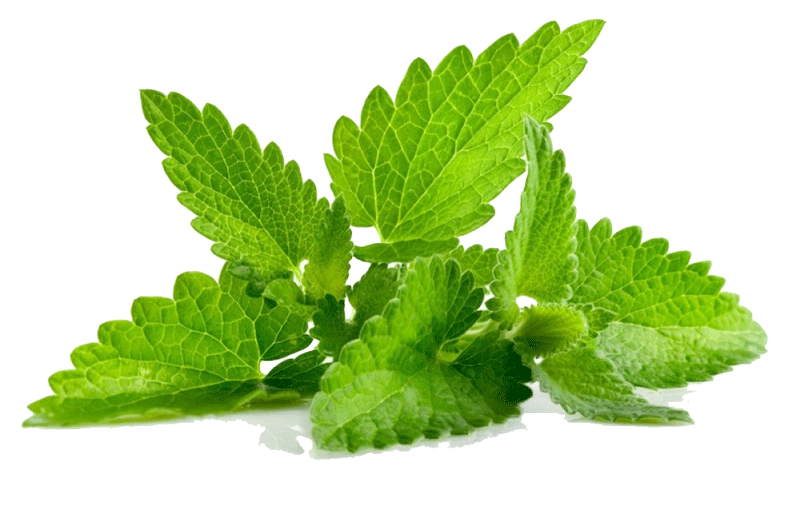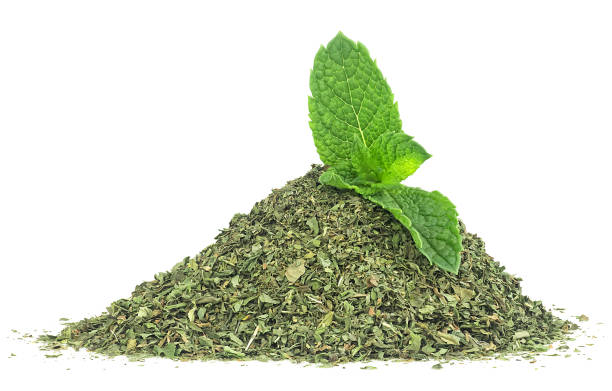Spearmint (Mentha spicata) is one of the most valuable aromatic herbs cultivated for its fresh flavor, essential oils, and medicinal properties. Its cultivation and processing involve several stages — beginning from planting and ending with export — each requiring careful attention to maintain high quality and meet international standards.
Planting and Cultivation

Spearmint thrives in temperate and subtropical climates with well-drained, fertile soil rich in organic matter. It is typically propagated through vegetative cuttings or root divisions, as this ensures genetic uniformity and strong growth.
Before planting, the soil is plowed and leveled, and organic compost or manure is added to enhance fertility. Cuttings are planted in moist soil during early spring or autumn, depending on the region’s climate.
Regular irrigation is crucial since spearmint requires consistent moisture for optimal oil production. Farmers also manage weeds, pests, and diseases naturally or through integrated pest management systems to maintain the purity and organic quality of the crop.
Harvesting
Spearmint is usually ready for harvesting 90 to 120 days after planting. The ideal harvest time is when the plant reaches full bloom, as this is when the essential oil concentration in the leaves is at its peak.
Harvesting is done either manually or mechanically, cutting the plants a few centimeters above the ground to allow regrowth for multiple harvests per year. Immediately after harvesting, the leaves are transferred for drying or distillation to preserve their aroma and freshness.
Drying and Primary Processing

Fresh spearmint leaves contain a high level of moisture and must be dried promptly to prevent spoilage. Drying can be done naturally under shade or mechanically in dehydrators at controlled temperatures (35–45°C) to preserve color, flavor, and oil content.
Once dried, the leaves are cleaned, sieved, and sorted to remove stems and impurities. This step ensures the uniformity and quality required for the market. The dried spearmint can then be used for tea blends, herbal extracts, or essential oil production.
Essential Oil Extraction
A major product derived from spearmint is its essential oil, which is extracted through steam distillation. In this process, steam passes through the crushed mint leaves, carrying the volatile oils. The vapor is then condensed and separated into water and oil layers. The spearmint oil, rich in carvone and limonene, is collected, filtered, and stored in airtight stainless-steel containers to preserve its aroma and purity.
The residual mint biomass can be used as organic fertilizer or animal feed, ensuring sustainable waste management.
Packaging and Quality Control
Both dried spearmint and essential oil undergo strict quality control tests to ensure compliance with international food safety standards. Parameters such as moisture content, aroma strength, color, and microbial safety are tested.
The products are then packaged according to buyer requirements — dried leaves in moisture-proof bags or cartons, and essential oils in sealed aluminum or glass containers. Proper labeling with batch numbers, origin, and quality certifications (such as ISO, HACCP, or organic certification) adds credibility for export markets.
Export and Distribution
Once processed and packed, spearmint products are prepared for export to international markets. Egypt, India, and the United States are among the major producers and exporters of spearmint. Exporters must comply with global trade regulations, provide phytosanitary certificates, and ensure traceability from farm to shipment.
Spearmint is exported to industries producing food flavorings, herbal teas, cosmetics, pharmaceuticals, and oral care products. Maintaining product quality during transportation — through proper storage, temperature, and humidity control — ensures the herb reaches global consumers in perfect condition.
Summary
The journey of spearmint from field to export market reflects a balance between traditional farming knowledge and modern processing technologies. Every step — from planting and harvesting to drying, oil extraction, and packaging — influences the final quality and market value. Through sustainable cultivation and careful processing, spearmint continues to be one of the most sought-after aromatic herbs in global trade, representing both agricultural tradition and economic opportunity.
